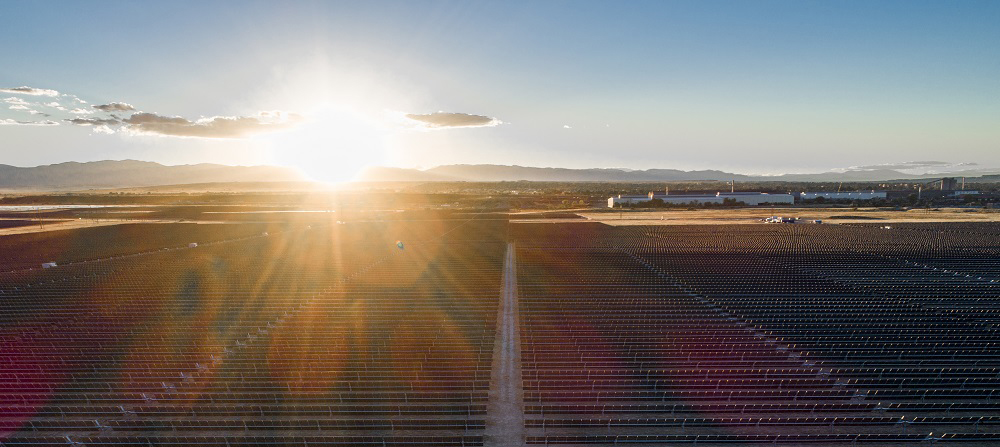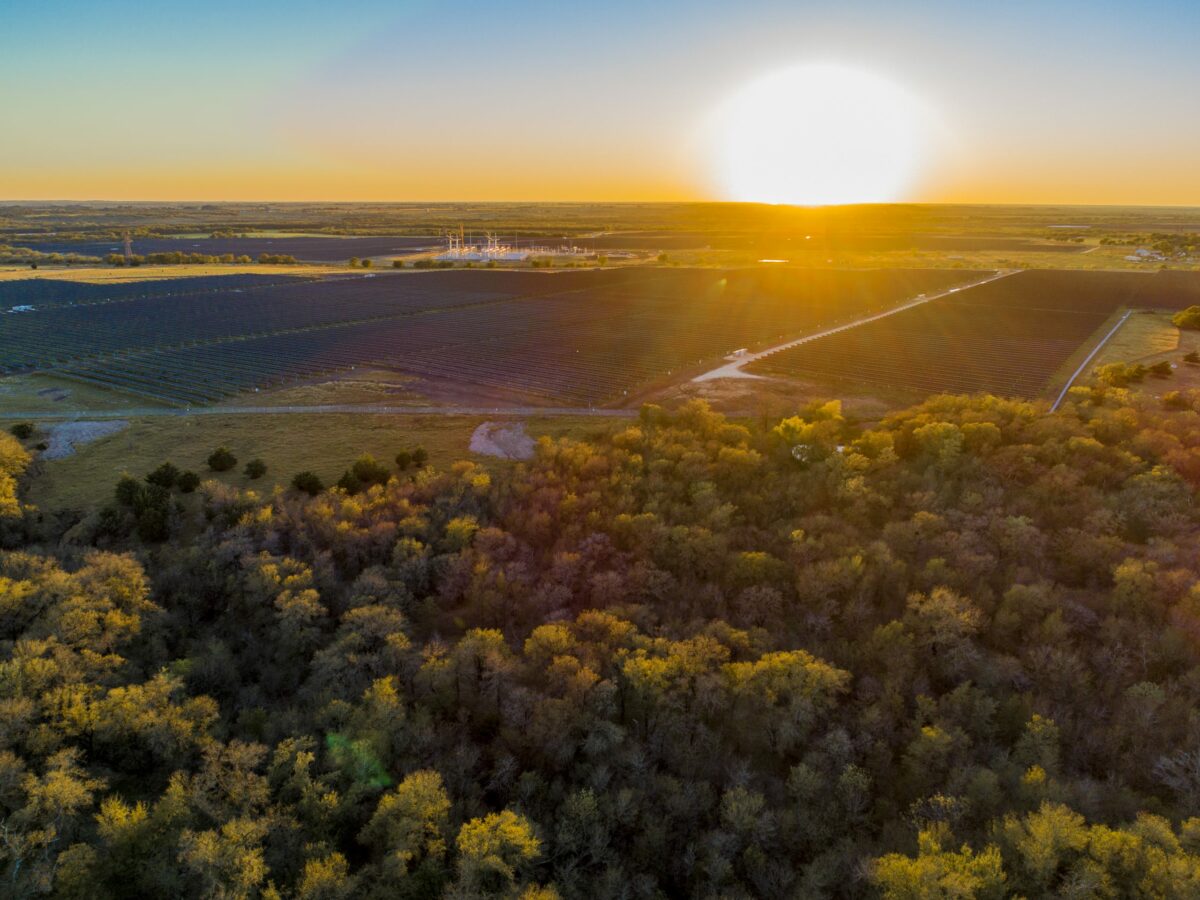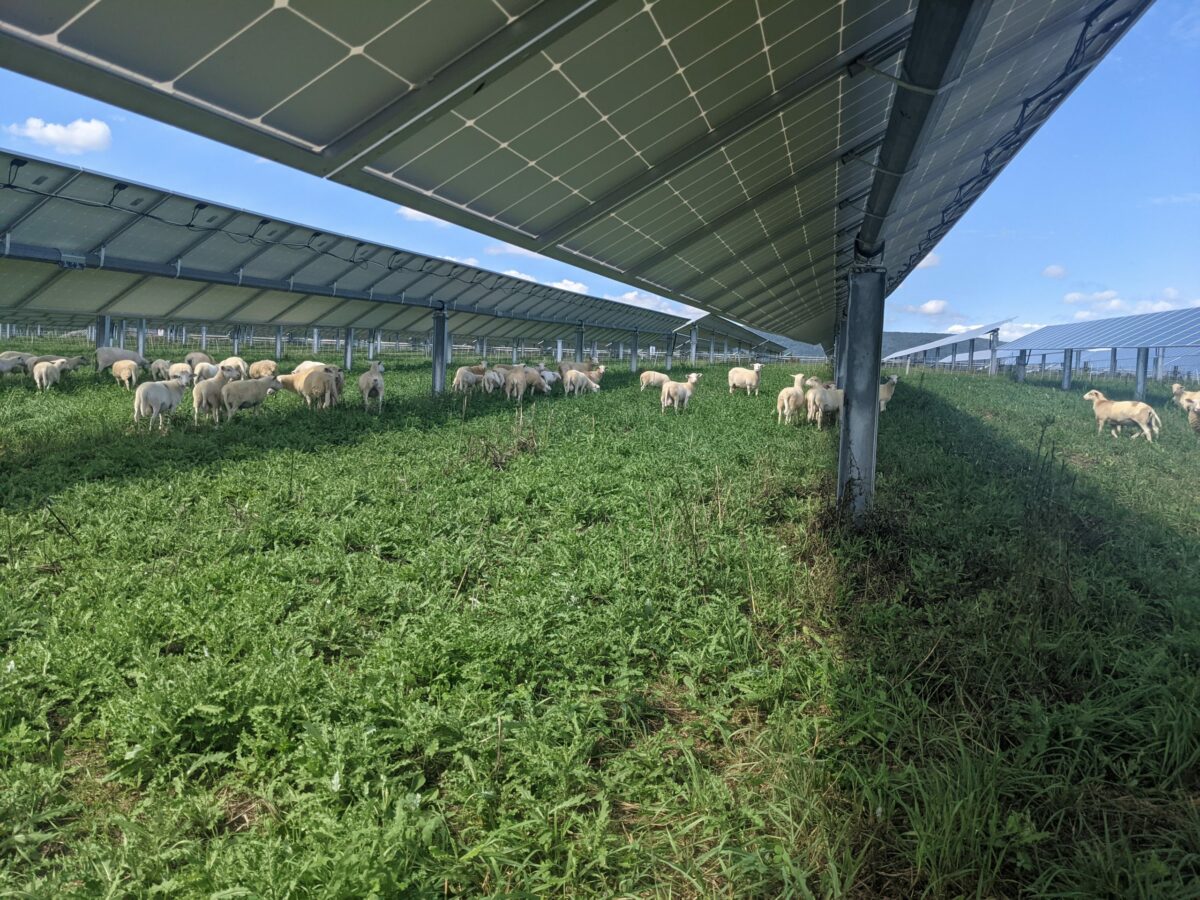Energy buyer’s guide part 6: How much clean energy do you need?
Sixth article in a series by Emilie Wangerman, Head of USA, COO:
The size and scope of your project depends on your business goals and location
In my last article, I explained how where your business is located determines how you can procure renewable electricity. My article before that detailed how the newly passed climate and energy legislation impacts renewable energy buyers.
Your options for buying #solar energy also depend on how much electricity you need to buy – this quantification of your demand is often referred to as your load size. The other items we consider when evaluating load size are your time-of-day use, and the distribution of your operations.
By this point, your business has assembled the team it needs to procure renewable energy. That team needs to assess your company’s energy needs or your overall load. You need to know when you’re using energy and how that use varies. You need a rigorous data management system to support your consumption. That data can determine how you buy clean energy.
There is no one-size-fits-all solution. The following are three factors to consider when evaluating your load profile and defining how much clean energy you need.
First, keep your business goals in mind
More companies are choosing to buy clean energy, every day. The “Solar Means Business” SEIA report shows that companies are adding vast amount of solar to their portfolios, almost 19 GW of on-site and offsite solar in 2022 alone.
For example, Meta, the parent company of Facebook and Instagram, has gone from 177 MW of solar in 2019 to 3.6 GW this year.
L3 Harris, one of the top 25 corporate solar users in 2022, was recently recognized as the fourth best ESG ranking for global aerospace and defense industry out of 95 competitors. For L3 Harris, this ranking – boosted by our 100 MW Elm Branch Solar project– demonstrates their commitment and tangible progress toward 2026 environmental sustainability goals.
Second, evaluate whether your business is dispersed or centralized
Are your facilities dispersed or centralized? A centralized facility, such as a steel mill or data center, has well-defined energy needs throughout the day, week, month, and year. A dispersed set of facilities, such as multiple retail sites, require a different type of energy procurement and energy use will vary across each facility.
Many of our customers seek to power much of their operations with clean energy. For those with a centralized facility, they can benefit from a single PPA, physical or virtual, to meet the needs of that particular facility. Driver Solar, a 312 MW DC renewable energy facility developed by Lightsource bp, will support U. S. Steel Corporation’s objective of producing steel using renewable electricity and is situated adjacent to both the U. S. Steel’s Big River Steel facility and the recently announced $3 billion expansion.
For those with dispersed load or those who do not want to vary their operating profiles to match the clean energy profile, procurement of clean energy through virtual PPAs often works best. This especially makes sense for retailers who have many locations spread out across the country. For example, our new 345MW Oxbow solar farm will provide renewable energy to restaurant giant McDonalds and eBay, the online auction site and retailer. For McDonalds, what mattered to them was spurring action on climate change. With this power purchase agreement, McDonalds is using the clean energy to offset their electricity needs for facilities across the US. In doing so, they are supporting what will be Louisiana’s largest solar project, and simultaneously working towards their science-based emissions reduction target for 2030.
If it is important to ensure your operations are directly procuring local clean energy, you can enter into a physical power purchase agreement (PPA) to provide your power needs. In Pennsylvania, our 70MW solar farm is providing 25 percent of the overall needs for Penn State University. This is a more consolidated demand than the spread-out facilities of McDonalds and eBay.
Third, determine whether you are seeking 24/7 renewable energy coverage
If you want to ensure your electricity comes from renewable sources every minute of every day, you must understand when you use energy and how that varies minute-to-minute, hour-by-hour.
Right now, satisfying your electricity needs with 100 percent renewable energy requires significant planning and a combination of agreements. It may not be completely possible. What makes it potentially possible is the growing number of storage technologies coming online.
If you are interested in 24/7 renewables, start with solar plus storage. Solar + storage technology can prolong the energy we capture on solar farms and extend that power to customers after the sun goes down.
The recently passed Inflation Reduction Act, provides tax credits for investing in storage projects and manufacturing. Last year’s bipartisan infrastructure act also provides $2.9 billion for storage research, and new technologies are being developed at a rapid pace. This investment, along with the growing need for energy storage to harness the full value of renewables, is expected to accelerate the growth in storage. We are already seeing storage make a difference. Last summer’s California heat wave saw storage provide enough electricity to stop the state from entering into blackout periods. As more renewables are integrated onto the grid, storage will help us continue to use those renewables while also maintaining reliability.
A completely renewable future is upon us. Each project takes us one step closer to achieving that goal.
Emilie Wangerman first published this article on LinkedIn in on December 19, 2022. To leave a comment or question, please view the original post here.
About the author:
Emilie Wangerman brings 13 years of energy industry experience across energy procurement, customer programs, operations, power marketing, acquisitions, and growth strategy to her role as the Head of USA, COO for Lightsource bp. She joined Lightsource bp in late 2017 to significantly accelerate expansion into the U.S. market. Since then, the U.S. team has developed more than 3.4GW of projects, raised more than $4 billion in project financing, and built a strong pipeline of over 30GW. During 6 years under Emilie’s leadership, the business development team executed more than 4GW of power contracts with a wide range of power purchasers that include universities, utilities and well-known brands such as McDonald’s, eBay, Verizon, and Amazon. The team also acquired over 15GW of projects to support the greenfield pipeline.
Prior to Lightsource bp, Emilie held leadership positions at Pacific Gas and Electric (“PG&E”) and Intel Corporation. Emilie received a Bachelor of Science in both Chemical Engineering and Psychology from Rensselaer Polytechnic Institute, a Master of Business Administration at Duke University’s Fuqua School of Business, and a Master of Environmental Management at the Nicholas School of the Environment.
Read Emilie’s leadership story here.
Partner with us: Energy Buyers
Discover how Lightsource bp works with largescale energy buyers to execute power purchase agreements customized to your business needs.
More from our Energy Buyer's Guide
11 Apr, 2022
Energy buyer’s guide part 1: What is the best way to buy clean energy?
Article by Emilie Wangerman
25 May, 2022
Energy buyer’s guide part 2: Why are you buying clean energy?
Article by Emilie Wangerman



